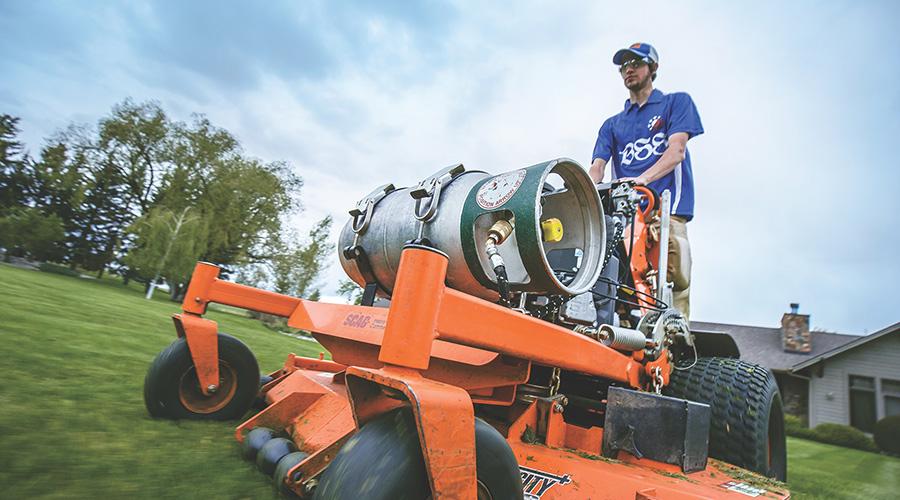Grounds Care: Specify Plants that Resist Pests, Disease
Before managers even begin to think about reducing chemical use, they need to analyze — during the specification process — the way planted materials resist diseases and pests.
“Proper plant selection will surely improve the plants’ chance to thrive, thus reducing the need for chemical assistance,” Wright says.
For example, woody plants, such as trees and shrubs, resist disease more effectively than non-woody alternatives. Agricultural inspectors also are attuned to potential issues, such as insects and diseases, that could require chemical applications, and they try to prevent nurseries from selling something that could become infested.
“In general, what we’ve seen is great development within our industry in the last 10 years as far as disease-resistant, pest-resistant, and drought-resistant-type selections of plant material,” says Mark Feist, assistant director of grounds, vehicle maintenance, and support services with American University in Washington, D.C. “So I think the industry has done a very good job at producing material that lends itself to an organic approach or using less chemicals and fertilizers.”
Managers also should consider the level of maintenance plants will need throughout their lives. Selecting more maintenance-intensive species might mean more chemical applications over the long haul.
“You do consider life cycle,” says Brian K. Smith, grounds manager with The Progressive Group of Insurance Companies in Mayfield Village, Ohio. “(You ask yourself) ‘What will it take to maintain this plant in its optimal form?’ That depends on the strategy of how you approach your landscaping.”
Related Topics:














